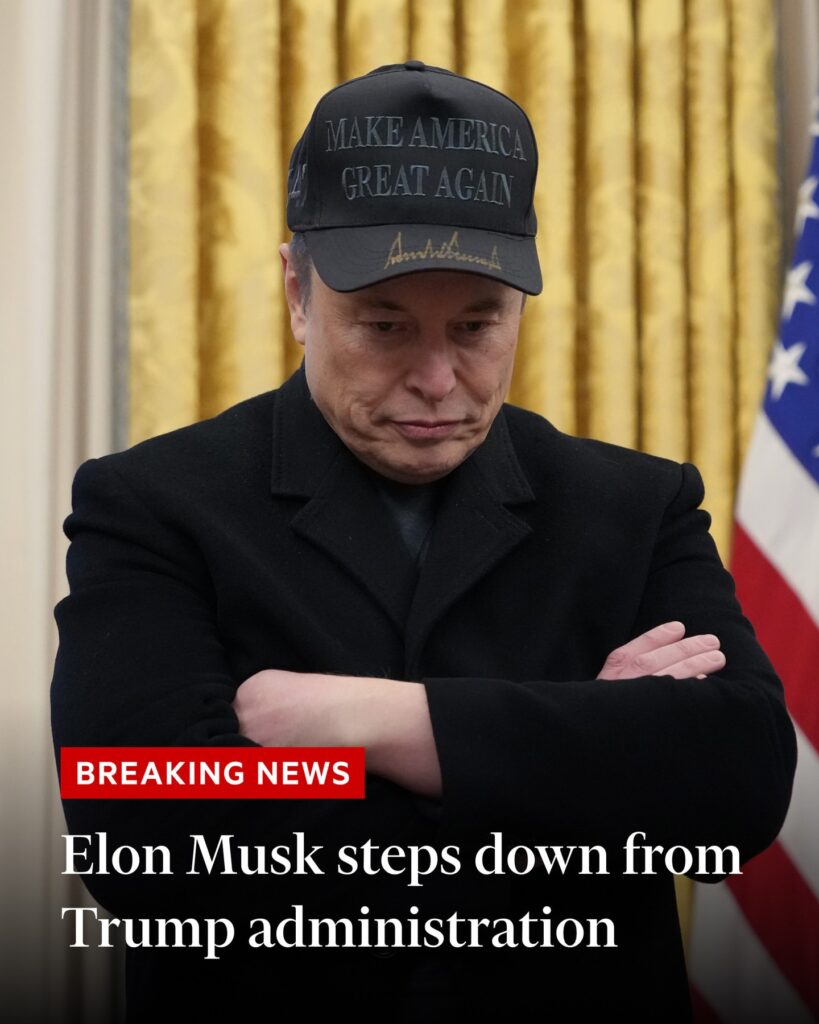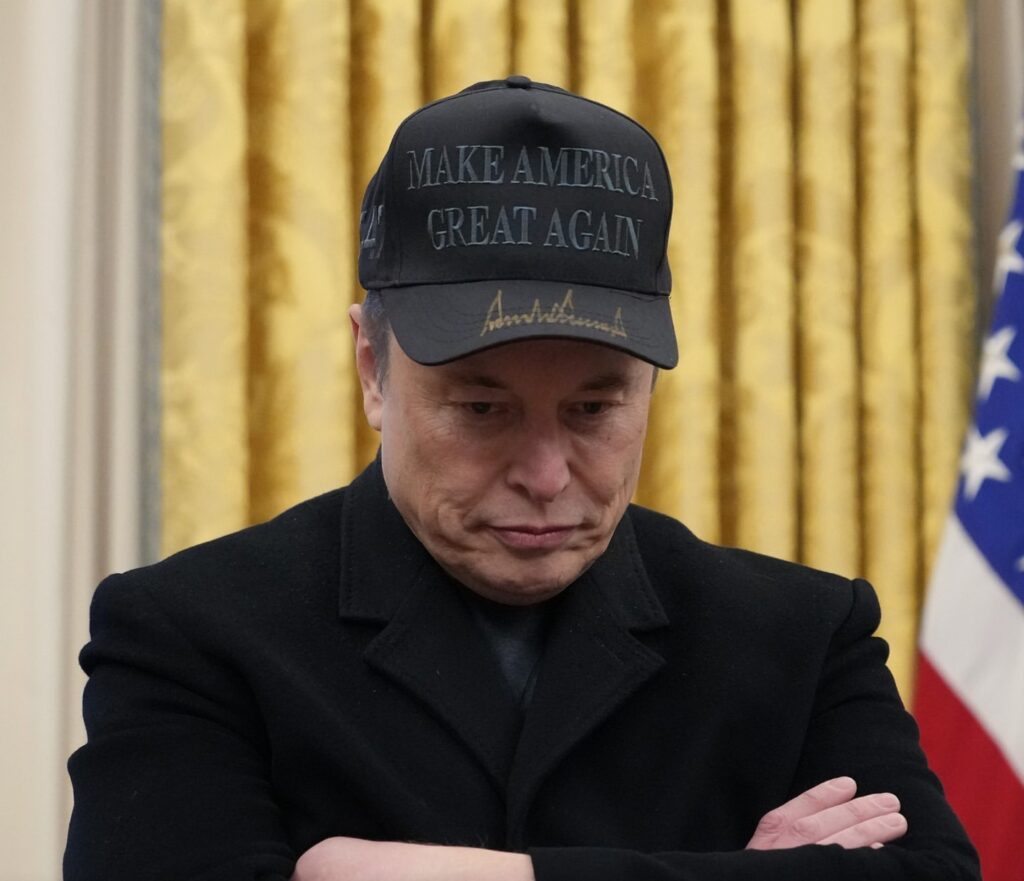
In a surprising and widely discussed announcement, Elon Musk has officially stepped down from his advisory role within the Trump administration after only five months of service. His brief tenure was marked by controversy, high-profile initiatives, and bold attempts at government reform under the banner of the Department of Government Efficiency (DGE), a newly formed agency focused on trimming federal expenditures and streamlining bureaucratic processes.
Musk’s appointment to this role had initially raised eyebrows across political and business circles alike. Known primarily for his work as the CEO of Tesla and SpaceX, Musk’s move into a government advisory position was seen by some as an unconventional step, bridging Silicon Valley innovation with the complexities of federal administration. President Trump hailed the decision, emphasizing Musk’s reputation as a “visionary leader” capable of tackling government waste with a fresh perspective.
However, Musk’s time in the DGE was fraught with challenges. The department’s primary mission was to identify inefficiencies within government spending and propose aggressive cost-cutting measures. This included scrutinizing various federal programs, reducing redundant administrative roles, and promoting the adoption of technology to automate routine government functions. Musk pushed for digital transformations and advocated for the increased use of AI and machine learning to improve decision-making and operational efficiency.
Despite these ambitious goals, the execution of Musk’s initiatives faced significant resistance. Federal agencies, long accustomed to entrenched bureaucratic practices, pushed back against abrupt changes, raising concerns about job cuts and the potential impact on public services. Congressional oversight committees expressed skepticism about the department’s sweeping cost-cutting agenda, demanding detailed justifications and impact assessments for each proposed measure.
Musk’s departure announcement cited “differences in vision and approach” as the primary reason for stepping down. In a brief statement, Musk said, “While I remain committed to government innovation and efficiency, the path forward requires alignment of priorities and values that unfortunately was not fully realized. I am grateful for the opportunity to serve and wish the department success in its mission.”
Political analysts note that Musk’s exit reflects the inherent difficulties of reforming government structures from within, especially when such reforms threaten existing interests and provoke political friction. The DGE, despite Musk’s high-profile involvement, struggled to gain widespread support, and its future now appears uncertain.

Critics of Musk’s role argue that his brief tenure highlighted the challenges of imposing Silicon Valley-style disruption onto the slow-moving machinery of government. They suggest that while innovation is necessary, it must be balanced with an understanding of public accountability, legal frameworks, and the human impact of reform policies.
Supporters, however, commend Musk’s willingness to step into the public sector and attempt reforms that many have long advocated but few have dared to pursue. They see his involvement as a sign that innovative leadership could eventually help modernize government operations.
As the Trump administration navigates the aftermath of Musk’s departure, questions remain about who will lead the Department of Government Efficiency next and whether the agency’s ambitious agenda will continue or be scaled back.
In any case, Elon Musk’s brief but eventful stint in government highlights the complex intersection of business innovation and public administration—and the difficulties inherent in driving rapid change within deeply rooted institutions.


